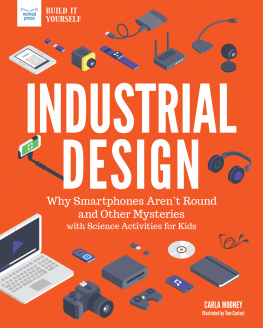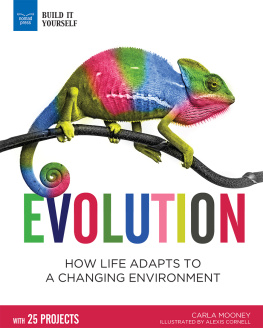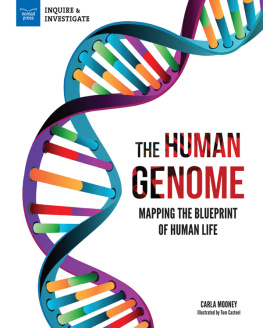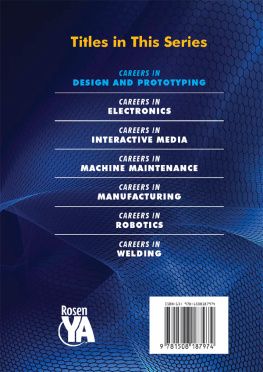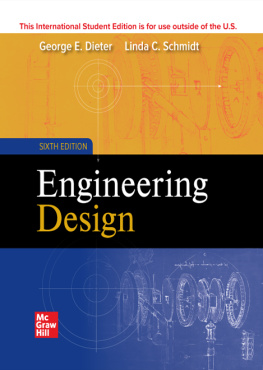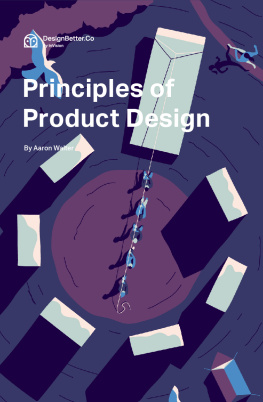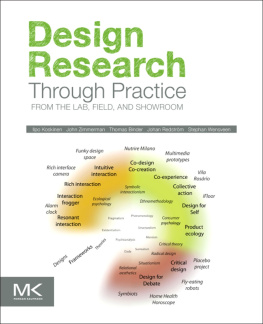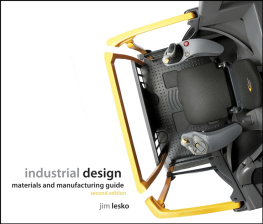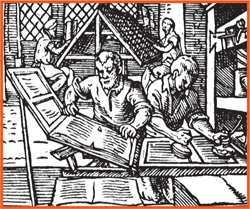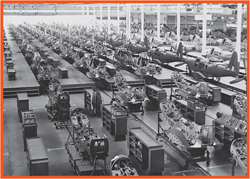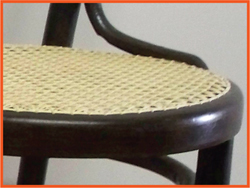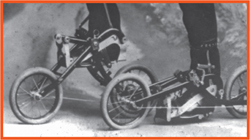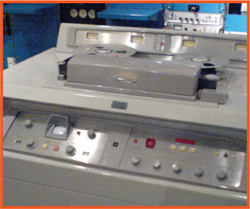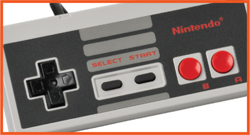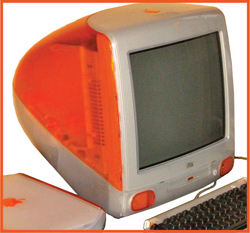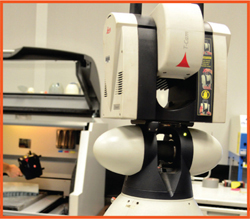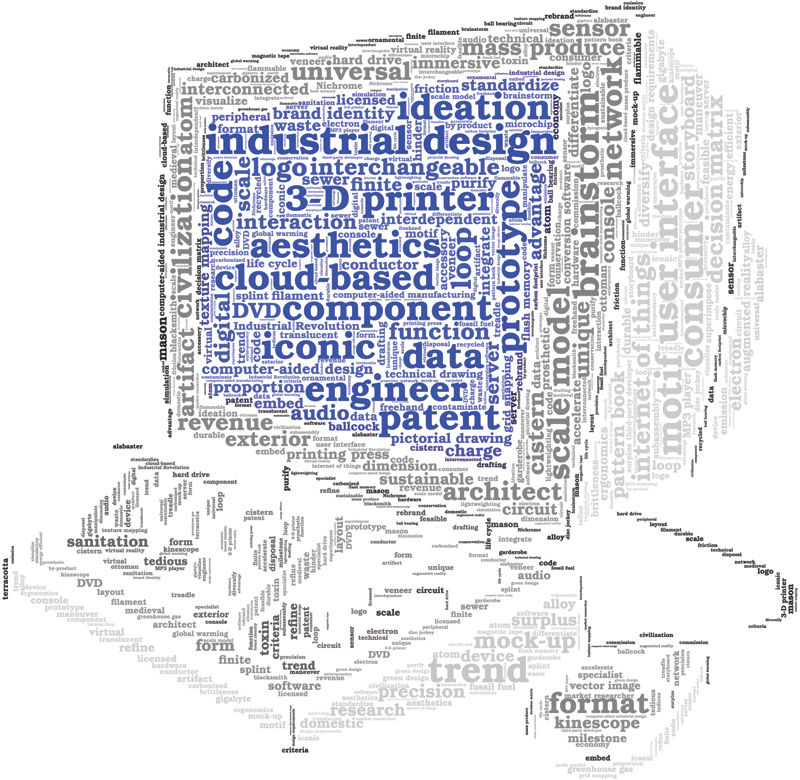Carla Mooney - Industrial Design: Why Smartphones Aren’t Round and Other Mysteries with Science Projects for Kids
Here you can read online Carla Mooney - Industrial Design: Why Smartphones Aren’t Round and Other Mysteries with Science Projects for Kids full text of the book (entire story) in english for free. Download pdf and epub, get meaning, cover and reviews about this ebook. year: 2018, publisher: Nomad Press (VT), genre: Computer. Description of the work, (preface) as well as reviews are available. Best literature library LitArk.com created for fans of good reading and offers a wide selection of genres:
Romance novel
Science fiction
Adventure
Detective
Science
History
Home and family
Prose
Art
Politics
Computer
Non-fiction
Religion
Business
Children
Humor
Choose a favorite category and find really read worthwhile books. Enjoy immersion in the world of imagination, feel the emotions of the characters or learn something new for yourself, make an fascinating discovery.
- Book:Industrial Design: Why Smartphones Aren’t Round and Other Mysteries with Science Projects for Kids
- Author:
- Publisher:Nomad Press (VT)
- Genre:
- Year:2018
- Rating:5 / 5
- Favourites:Add to favourites
- Your mark:
Industrial Design: Why Smartphones Aren’t Round and Other Mysteries with Science Projects for Kids: summary, description and annotation
We offer to read an annotation, description, summary or preface (depends on what the author of the book "Industrial Design: Why Smartphones Aren’t Round and Other Mysteries with Science Projects for Kids" wrote himself). If you haven't found the necessary information about the book — write in the comments, we will try to find it.
Why do microwaves open with a swinging front door? Why arent smartphones round? Why do drivers sit on the left in the United States?
Industrial design is the study of the design process behind the products we use every day, from blenders to school buses to laptops. InIndustrial Design: Why Arent Smartphones Round and Other Mysterieswith Science Activities for Kids,readers ages 9-12 engage in and learn about the engineering design process from its earliest beginnings when individuals designed and crafted their own tools to today, when engineers work to find the best design for products that are then manufactured in bulk by automated machines.
Why does design matter? Its the design of a product that increases or decreases its chances at success. If the design of your phone isnt quite right and you feel uncomfortable or frustrated every time you use it, you probably wont buy that model again. Engineers consider the user experience of every product they design to ensure that users have the best experience possible. Good design combines the right materials, colors, details, and form to make a person want to buy and use a product. A well-designed product is easy to use and does what it is meant to do.
InIndustrial Design, readers practice their own engineering design skills using the engineering design process and learn how to create useful, aesthetically pleasing designs for a variety of products. They learn about the history of industrial design and the transition from craft-based design to mass production. Through fun science and engineering projects, they explore the steps of the industrial design process including brainstorming, idea sketching, technical drawings, creating models and prototypes, and product testing. Like a good designer, they learn how to evaluate products for function, usability, ergonomics, aesthetics, and green design.
ThroughoutIndustrial Design, inquiry-based activities, essential questions, links to online primary sources, and an extensive engineering glossary all promote critical and creative thinking and serve to highlight the importance and beauty of engineering design and the role it plays in our world.
Why do microwaves open with a swinging front door? Why arent smartphones round? Why do drivers sit on the left in the United States?
Industrial design is the study of the design process behind the products we use every day, from blenders to school buses to laptops. InIndustrial Design: Why Arent Smartphones Round and Other Mysterieswith Science Activities for Kids,readers ages 9-12 engage in and learn about the engineering design process from its earliest beginnings when individuals designed and crafted their own tools to today, when engineers work to find the best design for products that are then manufactured in bulk by automated machines.
Why does design matter? Its the design of a product that increases or decreases its chances at success. If the design of your phone isnt quite right and you feel uncomfortable or frustrated every time you use it, you probably wont buy that model again. Engineers consider the user experience of every product they design to ensure that users have the best experience possible. Good design combines the right materials, colors, details, and form to make a person want to buy and use a product. A well-designed product is easy to use and does what it is meant to do.
InIndustrial Design, readers practice their own engineering design skills using the engineering design process and learn how to create useful, aesthetically pleasing designs for a variety of products. They learn about the history of industrial design and the transition from craft-based design to mass production. Through fun science and engineering projects, they explore the steps of the industrial design process including brainstorming, idea sketching, technical drawings, creating models and prototypes, and product testing. Like a good designer, they learn how to evaluate products for function, usability, ergonomics, aesthetics, and green design.
ThroughoutIndustrial Design, inquiry-based activities, essential questions, links to online primary sources, and an extensive engineering glossary all promote critical and creative thinking and serve to highlight the importance and beauty of engineering design and the role it plays in our world.
Carla Mooney: author's other books
Who wrote Industrial Design: Why Smartphones Aren’t Round and Other Mysteries with Science Projects for Kids? Find out the surname, the name of the author of the book and a list of all author's works by series.

